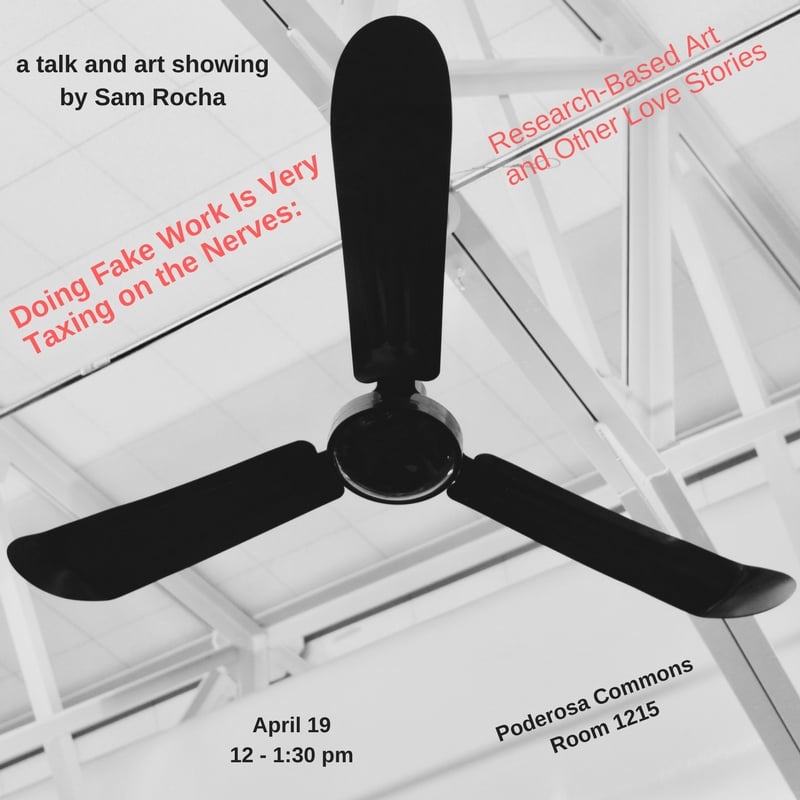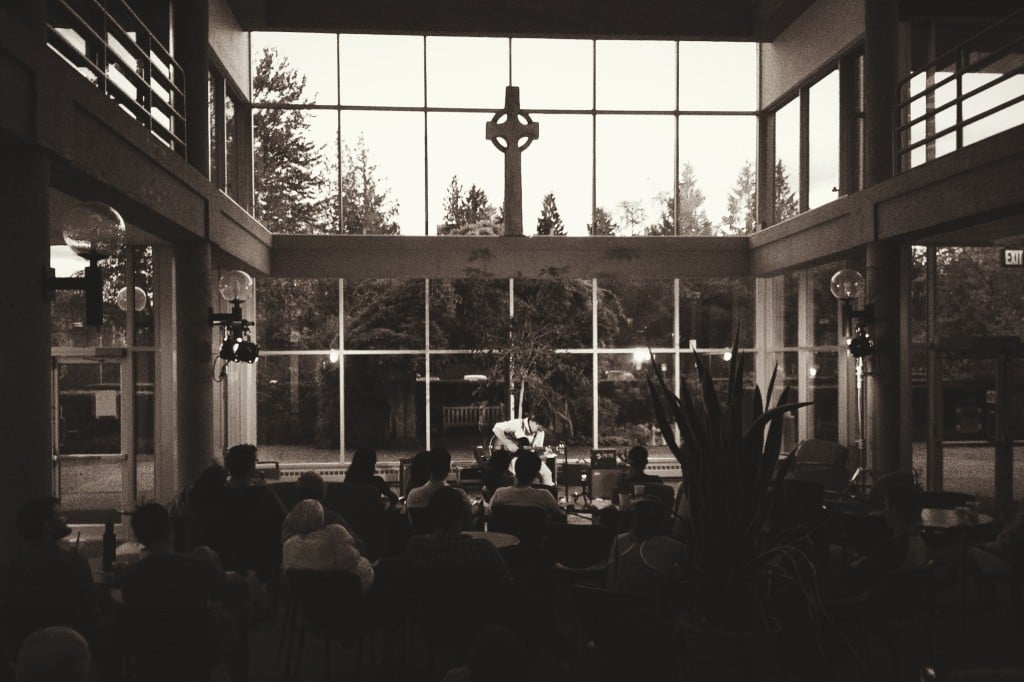A few years ago, while I was in graduate school, I sang and played guitar for the contemporary services at Peace Lutheran Church in Gahanna, Ohio. After being there for nearly a year, the assistant pastor introduced me to Rob Bell. He gave me a copy of Velvet Elvis and told me I could keep it if I gave him a full report. (A review. The same thing that got me to read this book.) He wanted to know what I thought. I did my duty. Pencil in hand, I worked through the whole book in an hour and a half. Maybe two hours. Not long. I absolutely detested the book. I wasn’t offended by its theological claims. I was bored mostly. It had no theological rigor whatsoever, no thought really. It was full of easy assertions, truisms, cliches, and logical contradictions. It was also written in a rather tortured, choppy, and insulting prose, the sort of thing that would make Dan Brown look respectable. Tabloid quality writing and layout. Purposefully bad. I went back and gave the pastor my full report.
Rob Bell, I said, strikes me as a kind of Joel Osteen 2.0, an edgy mega-pastor more related to a rock and roll, white middle class version of Oprah than anyone else I could think of. He sort of gave me an awkward shrug and suggested I check out more substantive writers in the “emergent church” crowd.
And, no, by the way: I didn’t write that to recant it later. No redemption here. But there is more to the story than that. This is what I appreciated about James K. Wellman’s book, Rob Bell and the New American Christianity.
+++
Wellman makes a strong case to take Bell seriously, for aesthetic, not theological reasons. His book triples as biography, qualitative research, and religious endorsement.
These three strands come together in the undeniable fact that, in certain respects, Bell seems to be doing what us Catholics have been calling “the New Evangelization.” He has managed to communicate — within a the rather narrow niche of American post-protestantism. Bell has cultural resonance. While his religious instincts are often woefully under-read and rather simplistic in their breadth and depth, despite Wellman’s attempt to show them as otherwise, his voice and ministry appear to be strategically embedded in a cultural response to the times as they are, warts and all. And his finishing note, so Wellman argues, is a call to an aesthetic vision of Christianity, an evangelical call to see the Gospel — and Christ — as beautiful.
There is surely something going on here that is serious. Wellman convinced me of that much. The question is whether it is religious. I’m not choosy. I buy the idea that the secular is sacred — I’m a Franciscan after all — but there is something about Bell’s ministerial math that still doesn’t add up. There is a difference between a simple, perfect, masterpiece and its simplistic, flavorless converse. If we measure religious impact in terms of sheer popularity, Bell deserves some short-term recognition. It is certainly less fake and facile than the prosperity gospels that still linger somehow. But many of Wellman’s own questions often seem to miss opportunities to show that depth, opting instead for the controversy and the publicity. His rather odd discussion of whether Bell is a charismatic or a virtuoso, based on rather arbitrary litanies of loosely related word banks, is a key example.
In the end, Wellman makes a convincing argument that Bell understands the art of the matter. Art is all about timing, and Bell’s timing thus far has been uncannily well-placed. But Wellman does not convince me, perhaps because he realizes this too, of Bell’s ability to understand the full religious weight of the matter. Bell simply redefines the terms and rolls from there. Is he anointed or opportunistic — or both?
+++
I’ve often wondered what the University of Oregon’s flashy-Nike-uniform-clad football team will wear for their vintage, throw-back look in ten or twenty years. I wonder a lot of the same things about Bell. Wellman’s book left my mind wandering to Joseph Smith, the original gansta of the New American Christianity, and I don’t know quite what to make of the comparison.
What I do think a Catholic could learn from this book is that the New Evangelization needs artists, and good ones. Even good ones by today’s popular standards. We need a Catholic Questlove. As I’ve written before: we need Catholic jazz.
Wellman’s book is best read, I think, as biography. Here we meet a celebrated and despised man who seems to recognize the genius in speaking directly at that hyped imagery and calling it by name. Today’s evangelists are great at this, Bell included. Authentic self-effacment shocks and disarms and opens doors to honest talk and community. But it only lasts so long when it becomes aware of itself and strategic. But why opt for anything less than real?
These personal challenges spill over into the religious discussion, but I wish they didn’t move there so quicky or easily. I wish there was more of a psychoanalytic reading of Bell here, a darker and perhaps more self-reflexive glance at a person who’s final verdict is still wide open.
Bell will not go down in history for his religious or theological contributions. Time magazine is right place for him in that respect. But he might be memorable and instructive to us for his testimony: his struggle to live a life in times when that is hard to do.
In the end I appreciated Wellman’s book as an existential and confessional text, an unfinished story that seems, in this reader’s view, on a collision course with the tragicomic.











